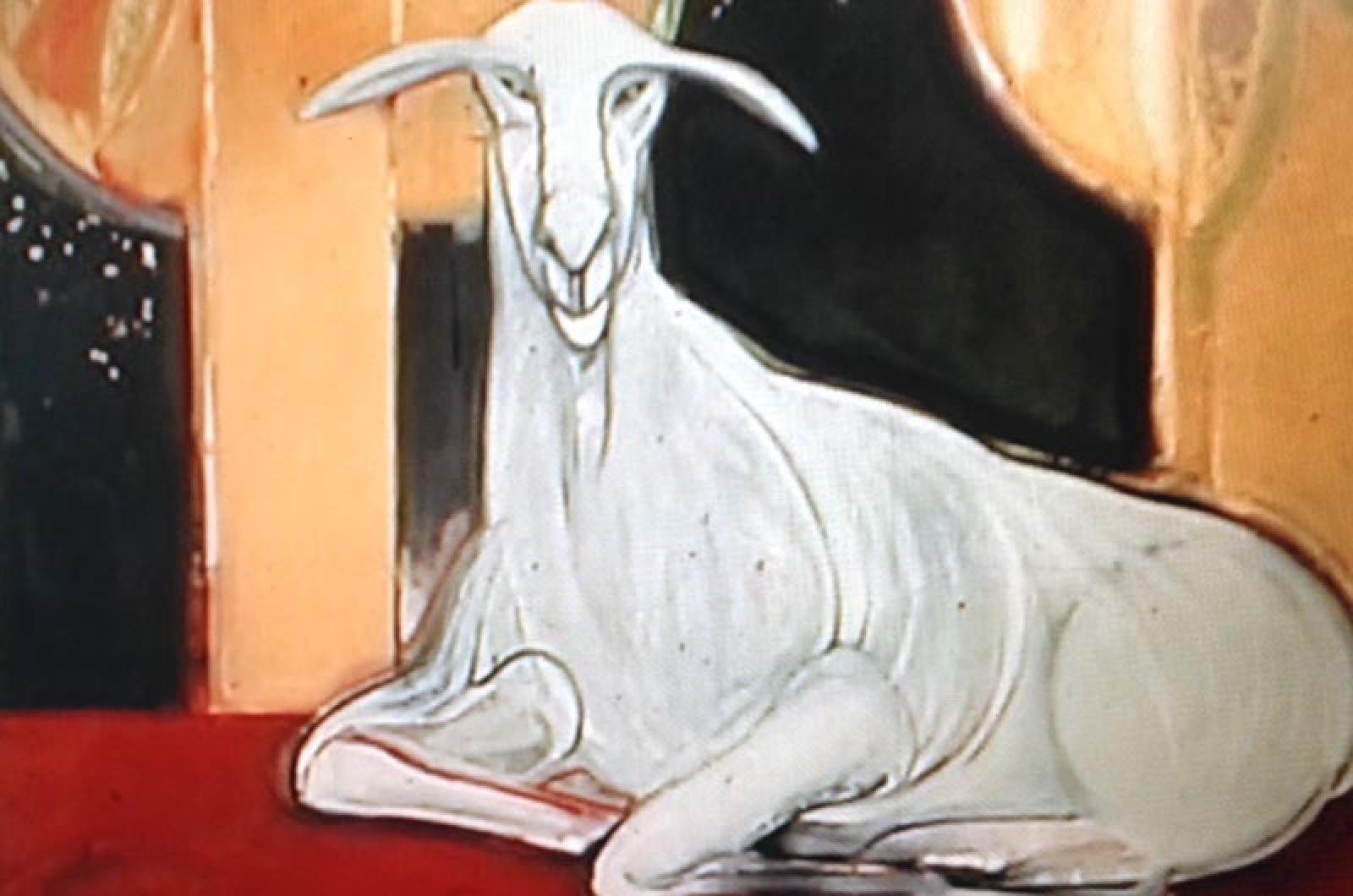Selina Trieff, a renowned artist, died peacefully in her sleep on Jan. 14 in her home at Wellfleet. She had struggled for many years with neurological and respiratory decline, but continued to paint, draw and teach until she could no longer hold a brush. She was 81.
She and her husband, artist Robert Henry, were seasonal residents of West Tisbury for more than 30 years, painting and exhibiting at their Christiantown studio.

Born in Brooklyn, N.Y., she studied at Brooklyn College and had the good luck to be there when the art department was filled with such stars of mid-century art as Hans Hoffman, Marc Rothko and Ad Reinhardt, leaders in abstract expressionism. It was in a photography class that she met Robert Henry; they married a few months after graduation and for the next 60 years they painted and drew in adjoining studios, struggling to create a life in art. They succeeded, helped by good art teaching jobs which allowed them both to share their insightful understanding of what art is, what makes a good painting, with untold numbers of students.
Although she was influenced by these esteemed teachers, she made art that was totally her own. Not abstract, not impressionistic — simply Selina. She said once, “As much as I liked abstract expressionism . . . I never felt part of any major movement.”
She knew from an early age that she would be an artist, because she always loved to draw and “was good at it and so that’s what I did.” But loving to draw became a passion that drove her work, so that “good” by the time she was in her 50s, became brilliant paintings that were stunning in color, form and symbolism. The New York Times leading art critic at the time called her “an American original” and was so taken with her first show in a mainstream New York gallery that he forgot he’d also assigned another writer to review it. In a rare New York Times oversight, two different generous reviews of Selina’s show at the Graham Gallery appeared in the same issue of the Times.
Her vast output of work over decades has always had a theme, but one not easily decipherable. Her figures are often taken as women and yet are androgynous, full of mystery, seemingly mythical, medieval, enigmatic, their faces a mask of unknown meaning.

Not known as a fashionista, Selina was a star scavenger of a wardrobe found at yard sales and on the Vineyard, proudly “purchased” at the Dumptique. Her favorite outfit for weddings and other parties included a man’s tweed jacket with odd oversized mismatched buttons. And yet the timeless majestic figures in her paintings are always elegantly clothed in beautifully draped costumes that dazzle the eye with their gold leaf and lush colors.
Her Island years inspired many beautiful landscapes, dunescapes from Lambert’s Cove, and a host of farm and house animals, who became a presence in her paintings as she took to sketching them at Ann Hopkins’s farm up the road in Christiantown.
The animals also are rendered with a strange beauty: their faces elongated, vaguely resembling the artist herself, be they pig, goat or dog. She said that she liked the idea of animals because they are “absurd,” but Trieff-drawn animals always had a dignity about them, seemingly ancient and wise.
Laconic and droll in manner, Selina would never explain what “meaning” there was in her canvases. A smile played about her mouth, she would shrug and in her Brooklyn accent perhaps answer, as enigmatically as her figures, “Whatever.” And then talk about technique.
In the mid 1990s, after a long lifetime living in New York city and the Vineyard, Selina and Bob moved back to the Provincetown world that had so enthralled them when they were young. And they proved you can go home again. For nearly 20 years they were leaders of the Provincetown art scene, teaching and showing work and giving back to the community they love and which loves them. Just as a Selina Trieff work is iconic, Selina, herself, was an iconic figure in the Cape art world.
Her work is represented by the Berta Walker Gallery in Provincetown, and her pieces are part of private and permanent public collections in this country and abroad. She and her husband are the subject of a documentary film: Their Lives In Art: Robert Henry & Selina Trieff, which was filmed over a 10-year period in New York, the Vineyard and Provincetown, by Marjory and Robert Potts of West Tisbury.
Besides her husband, she is survived by her daughters Sarah Henry and Jane Henry, their husbands Michael Gorin and Tobin Harshaw, and grandchildren Emma and Molly Gorin, and Truitt and Etta Harshaw.
Gifts in her memory can be made to the Provincetown Art Association. Memorial services in both New York and Provincetown will be scheduled for later this year.


Comments
Comment policy »